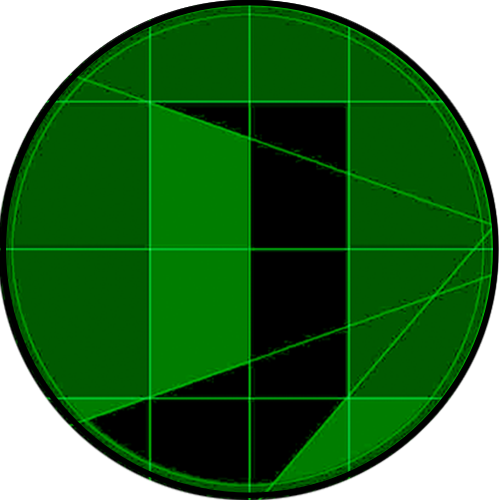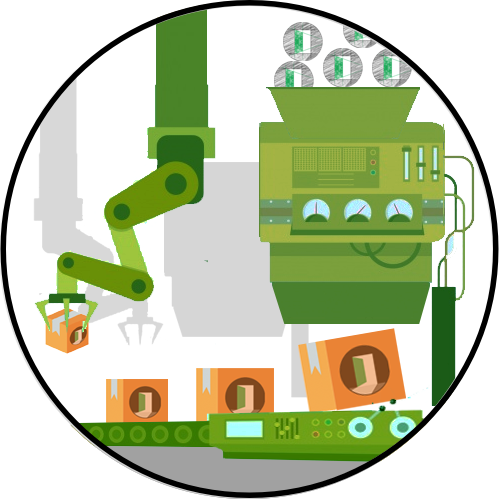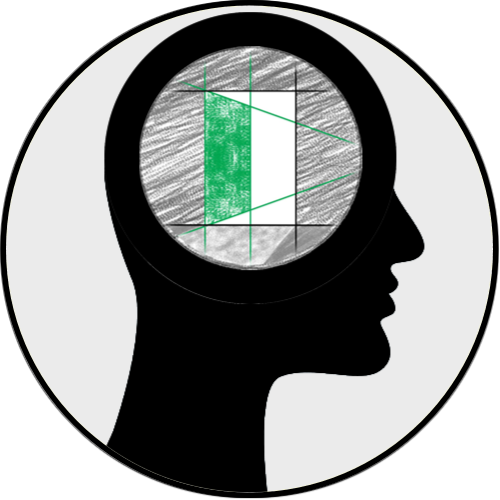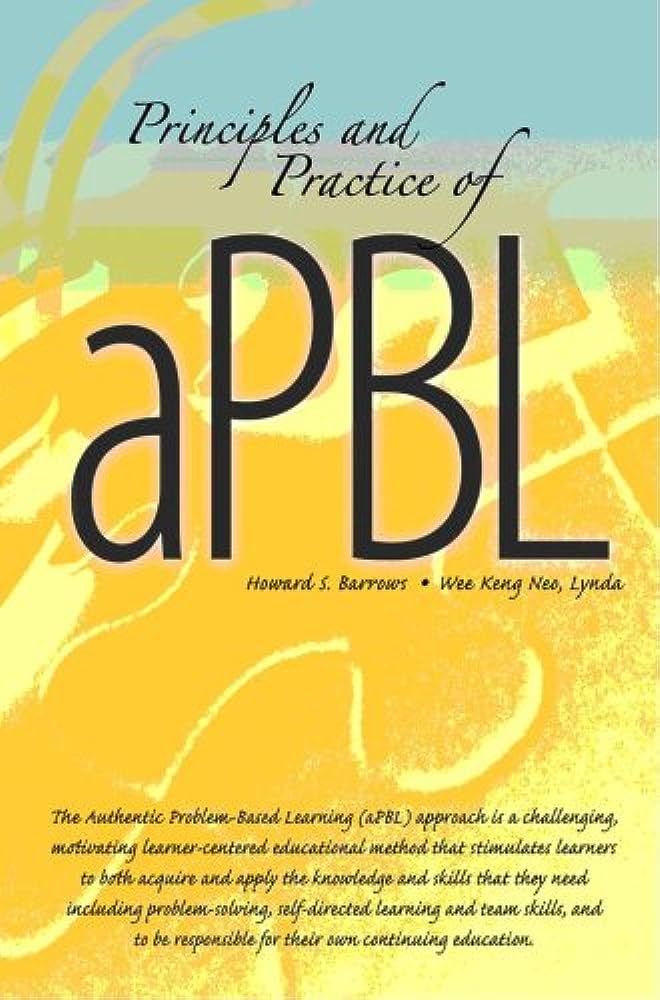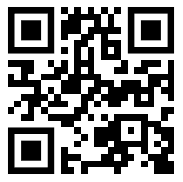The PBL Implementation chalenges
What has been presented so far clearly demonstrates some characteristics of the PBL methodology:
- Despite being found with variations around the world, PBL is methodologically well formalized.
- This formalism is closely related to the nature of the area of knowledge where PBL emerged: Medicine.
- In its authentic form (aPBL), it only works properly with small groups (up to 16 students).
- There is a great importance on the assessment over the socioemotional learning, besides the cognitive learning.
- Significant learning outcomes depend on systematic use of the methodology (curricular PBL) though out all program, as each PBL cycle involves relatively little cognitive learning.
- It generates a lot of evaluation data to be processed to consolidate the cognitive and socioemotional assessment.
- Designing the PBL activity to have the desired learning effect requires significant work on the part of the author.
Due to these characteristics, implementing the PBL methodology in its authentic form is not a trivial to do. When implementing curricular PBL in educational institutions that want to change the curriculum of an entire program, it involves work often accompanied by (expensive) consulting services. This occurs mainly in medical programs, which have international providers of this type of service. Designing the activities for an entire program is a very specialized, expensive, and time-consuming task.
When the objective is to make a mere punctual use of PBL in a traditional learning context (lectures, large groups), it commonly results in a distorted implementation of the authentic methodology. The difficulties are several:
- There are legal and normative barriers that often prevent the full use of PBL, especially in contexts with large classes.
- Carrying out all the PBL procedures in a class with many students poses practical challenges, such as processing all the cognitive and socio-emotional learning assessments.
- PBL ends up requiring excellent teacher training, as it includes pedagogical procedures that not every educator has experience with, such as flipped classroom, rubric design, transdisciplinary learning, among others.
In this way, what is most being implemented is not aPBL, but adaptations of PBL to overcome the obstacles listed above and others that arise when a teacher starts to practice PBL. Sometimes the implementation results in another type of methodology, such as Inquiry Based Learning, Case Based Reading, or case studies. What differentiates PBL from these other methodologies does not matter for our context, but it is important that you know how much the characteristics of PBL impact on its ease of implementation.
The reality as an addtional chalenge
In fact, my intention with OpenPBL is to serve the regular teacher, who is far from research centers and cutting-edge institutions. This teacher's profile often does not have any logistical support that would facilitate the implementation of PBL (assistents and tutoring room). It is not rare for this teacher to be in an institution that is even refractory to the use of active learning methodologies. This teacher deals with large classes (I mean more than 40 students), in big classrooms like that one shown below. More important, this has few training opportunities for professional improvement. This is an additional chalenge to be added to those ones related to the methodology itself, above mentioned.




